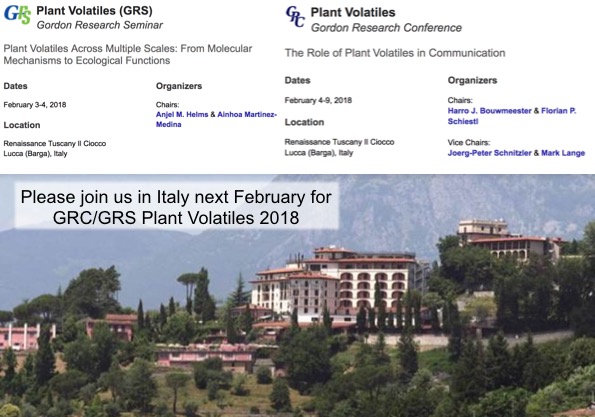
Planning is in full swing for GRC/GRS Plant Volatiles 2018! It looks like it will be a great program in a great location and we hope to see you there! The meeting will take place February 3-9, 2018 at the Renaissance Tuscany Il Ciocco hotel in Barga, Italy. Ainhoa Martinez-Medina (iDiv, Germany) and I are coordinating next year’s Gordon Research Seminar (GRS) on Plant Volatiles and we are working together with the GRC coordinators Harro Bouwmeester (University of Amsterdam, NL) and Florian Schiestl (University of Zurich, CH) to put together a great scientific program. We will begin accepting applications for this meeting soon (April 2017) and attendance will be limited, so please apply on the website as early as possible to ensure your place at the meeting. Speakers for the GRS program will be selected from the submitted abstracts. For more information about the conference, and to see program updates, please visit the GRC and GRS websites.
GRS Plant Volatiles 2018
Plant Volatiles Across Multiple Scales: From Molecular Mechanisms to Ecological Functions
The Gordon Research Seminar on Plant Volatiles is a unique forum for graduate students, post-docs, and other scientists with comparable levels of experience and education to present and exchange new data and cutting edge ideas.
The 3rd Plant Volatiles GRS will bring together young international scientists from diverse research backgrounds ranging from plant biology, entomology, microbiology, and ecology to genetics, biochemistry, and pharmacology. Attendees, representing the next generation of scientists, will participate in highly interdisciplinary and interactive discussions of current topics in the field of plant volatile research. Through poster and oral presentations, the 2018 GRS will feature new, unpublished progress on the following topics:
1. Biosynthesis and metabolism of plant volatiles
2. The role of plant volatiles in interactions among plants and other organisms
3. Volatiles across a changing environment
4. Volatiles in agroecosystems
The Plant Volatiles GRS will also feature a mentoring program where attendees can receive professional and career advice from experienced scientists and leaders in the field of plant-volatile research. The mentors will include both an early-career mentor and an established senior-career faculty mentor and each will provide a keynote address. The program of the Plant Volatiles GRS will provide ample time to discuss science and career choices with peers and members of the mentoring team.
The early-career mentor, Dr. Ana Pineda (NIOO-KNAW, Netherlands), is a postdoctoral scientist in the research group of Prof. Dr. Martijn Bezemer at the Netherlands Institute of Ecology. Her work has focused on understanding how microbes influence plant-insect interactions at different trophic levels, and how these interactions can be applied for crop protection.
The senior-career mentor, Dr. Martin Heil (Cinvestav, Mexico), is a professor and leader of the plant ecology research group at the Center for Research and Advanced Studies of the National Polytechnic Institute. His research interests include damaged-self recognition in plants, ant-plant mutualisms, and plant communication.
GRC Plant Volatiles 2018
The Role of Plant Volatiles in Communication
Plants produce thousands of volatile organic compounds (VOCs) that are emitted from organs such as leaves, flowers and roots. These small, chemically diverse molecules are responsible for the aroma of plants and plant products – so are important in agriculture – and have important roles in the communication of plants with other organisms. Hence they are of vital importance for reproduction, growth and development as well as protection against a range of plant enemies. For example, plant volatiles attract pollinators, fruit dispersers and organisms that control pest insects; they repel herbivores, exert anti-microbial effects, protect plants from abiotic stress and activate resistance traits in neighboring plants via airborne plant-plant signaling.
The goal of the GRC Plant Volatiles is to enhance our understanding of the incredible diversity of plant volatile-mediated interactions of plants with their environment and our awareness of their potential applications. Topics at the GRC Plant Volatiles 2018 will cover an array of disciplines ranging from pollination and VOC-mediated resistance in plants to pests and pathogens, bacterial VOCs that promote plant growth and resistance, to the genetic and enzymatic control of the synthesis of VOCs or their perception in plants and animals. Methods cover the entire range from molecular genetics and next-generation analytical tools to field studies. The interdisciplinary character of the meeting should create an atmosphere for lively interdisciplinary discussions, creation of new ideas and the establishment of new collaborations.

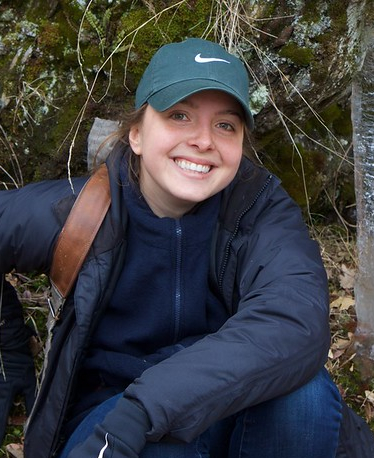
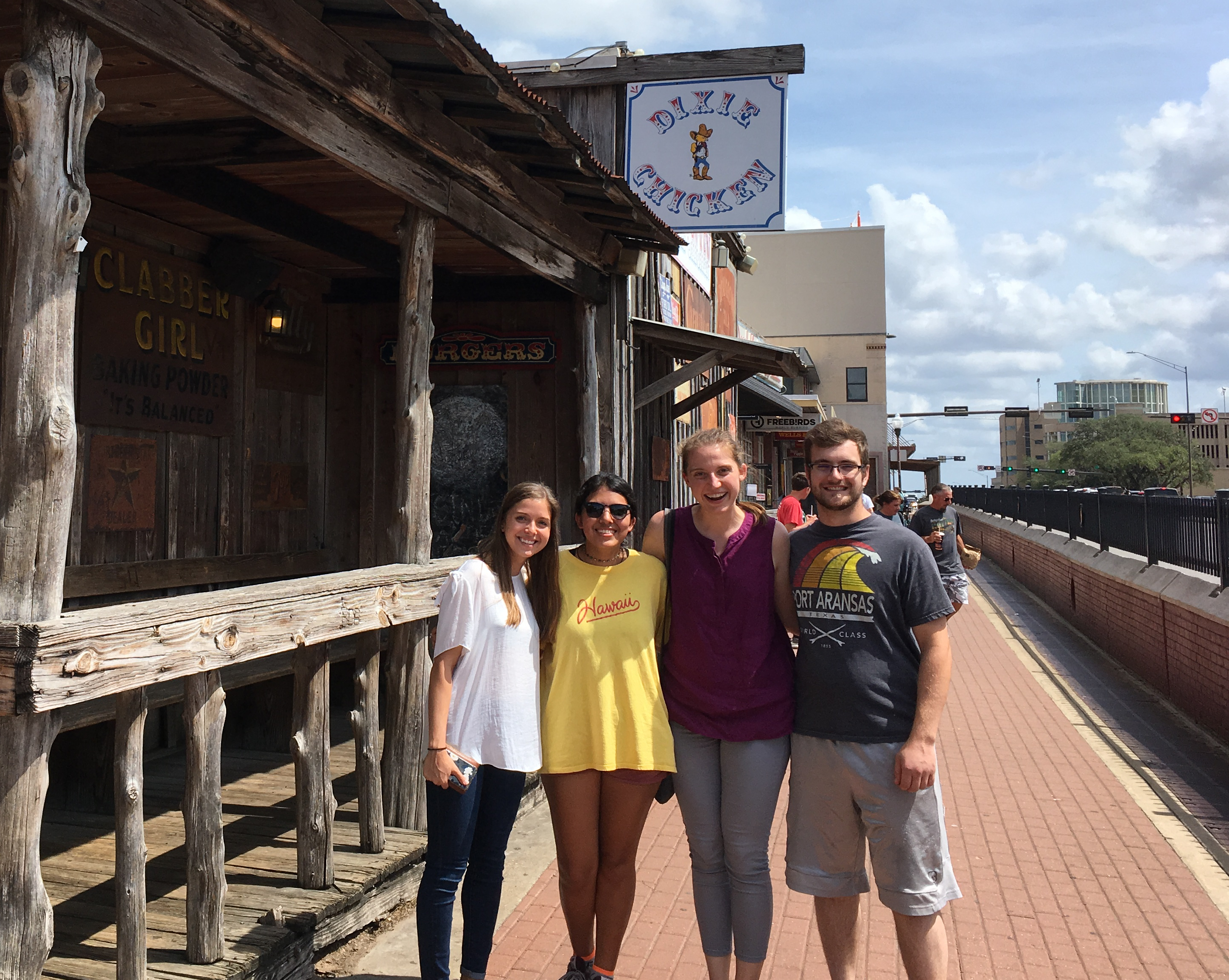
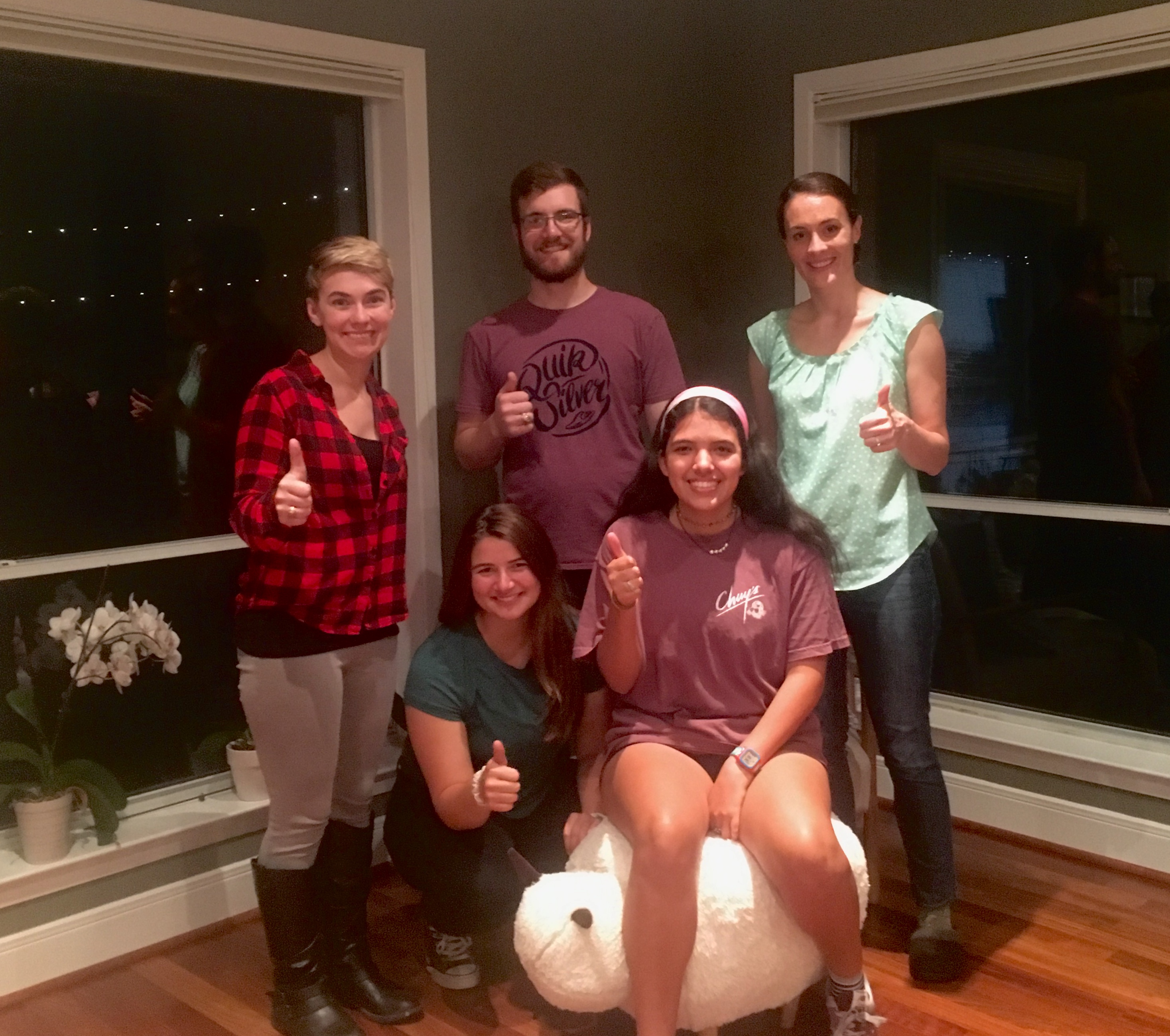
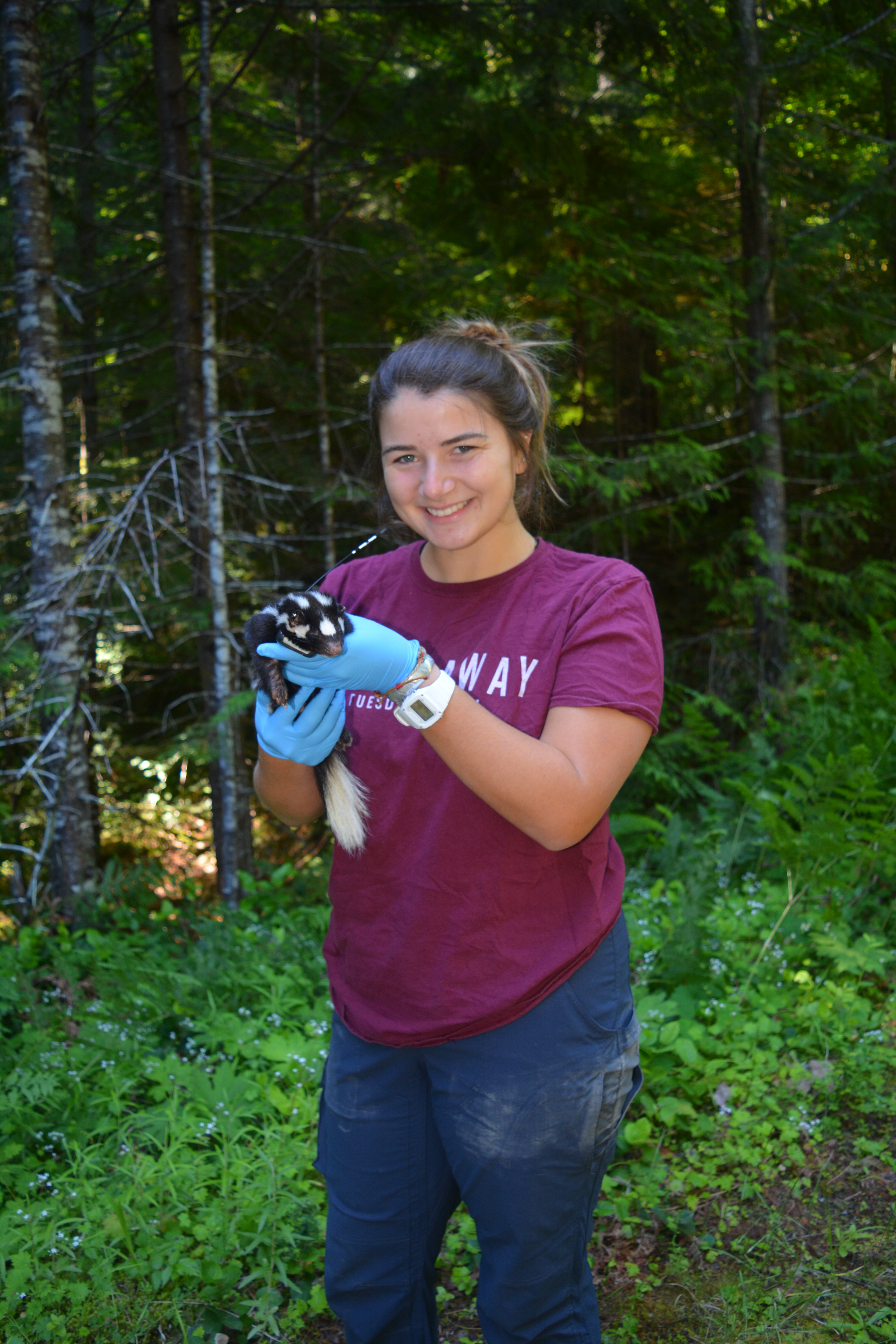
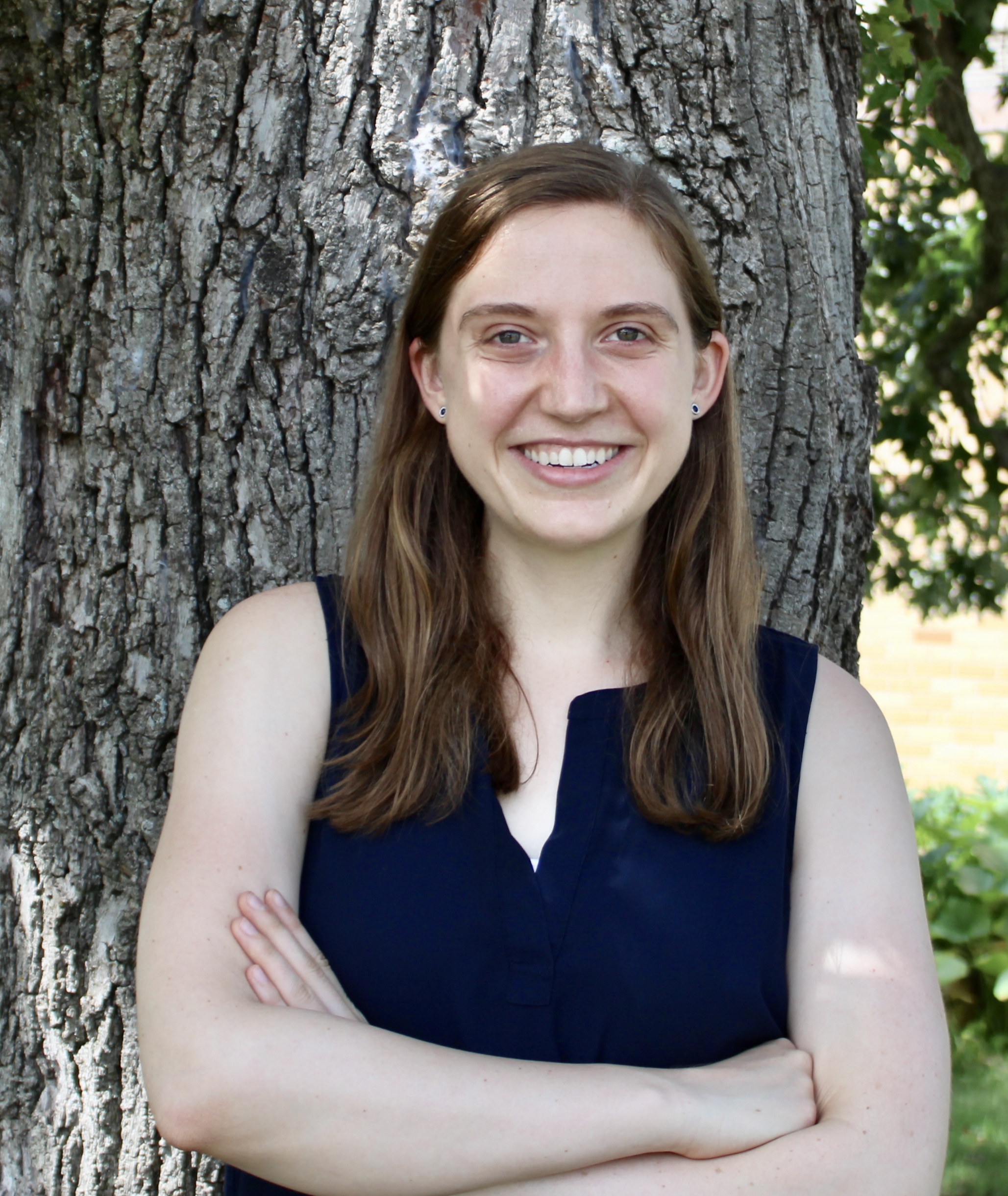
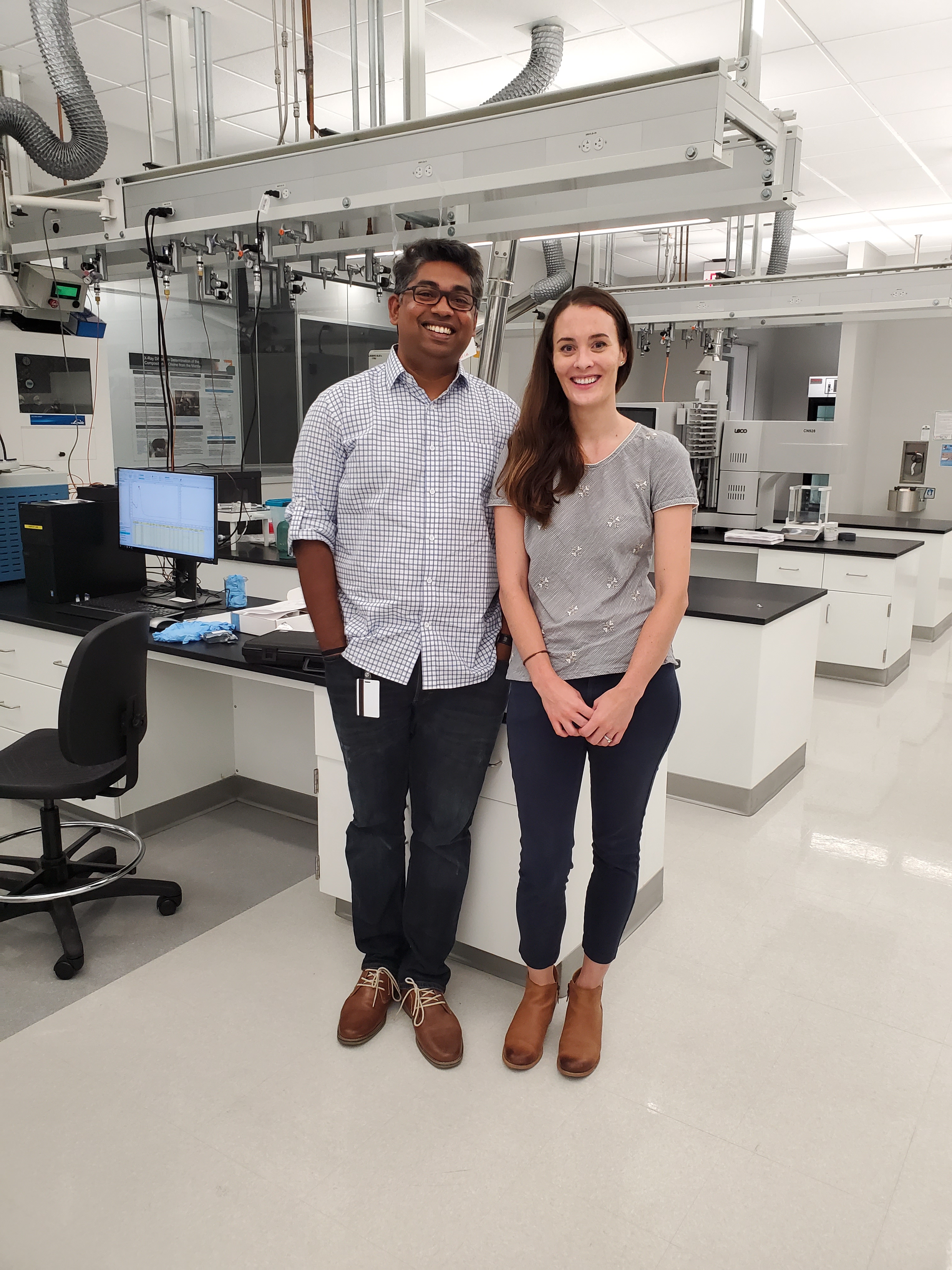


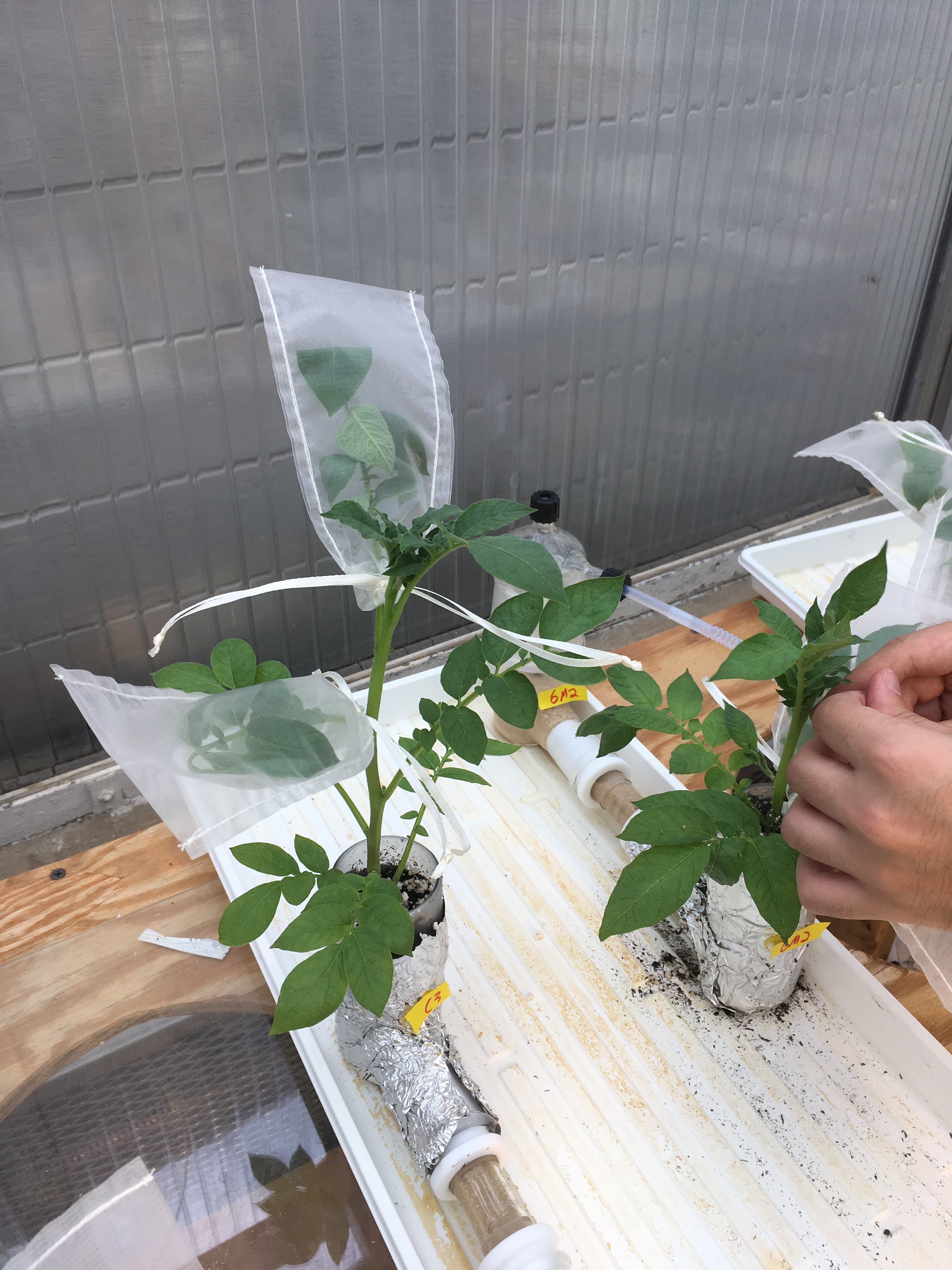
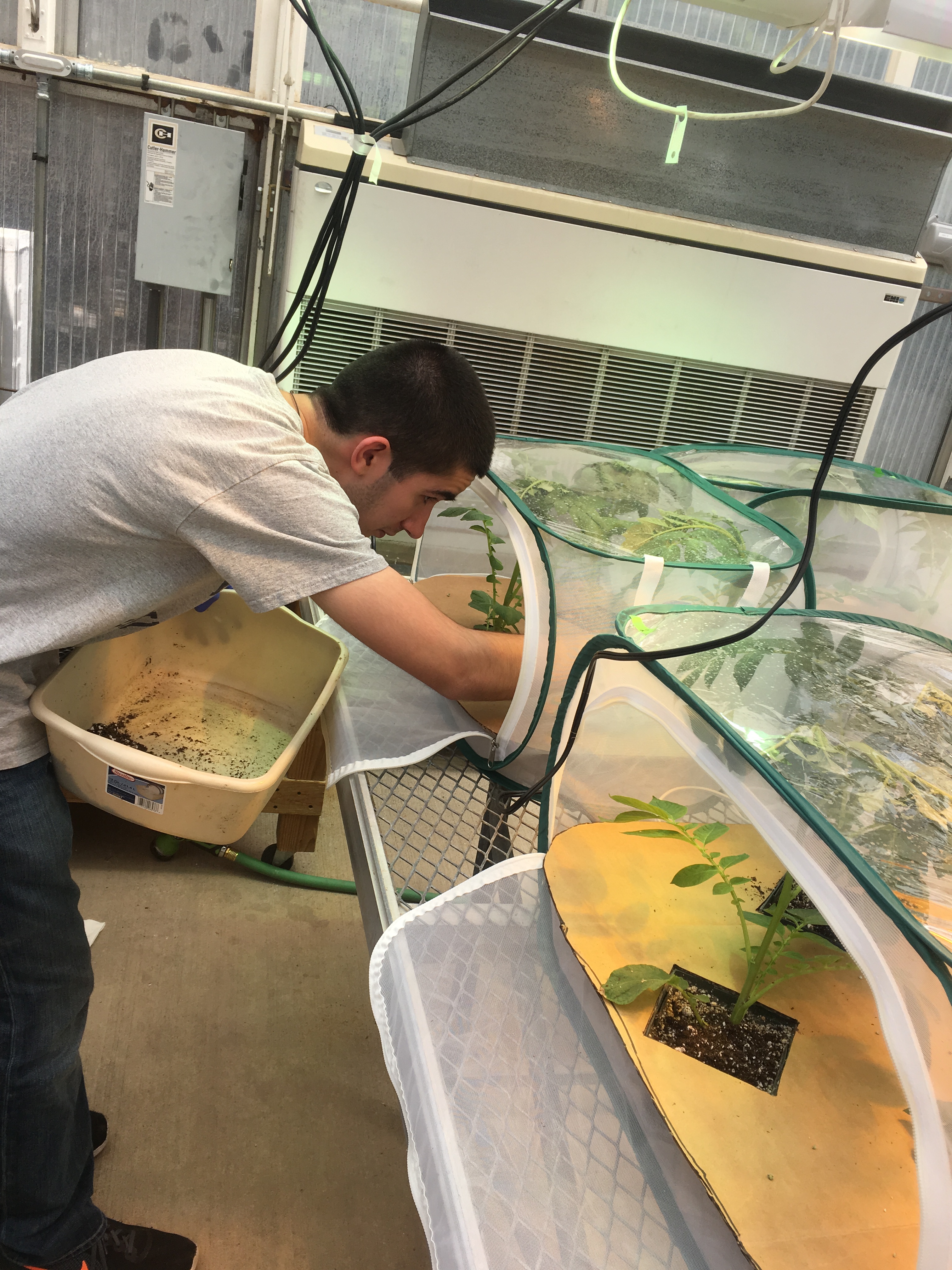
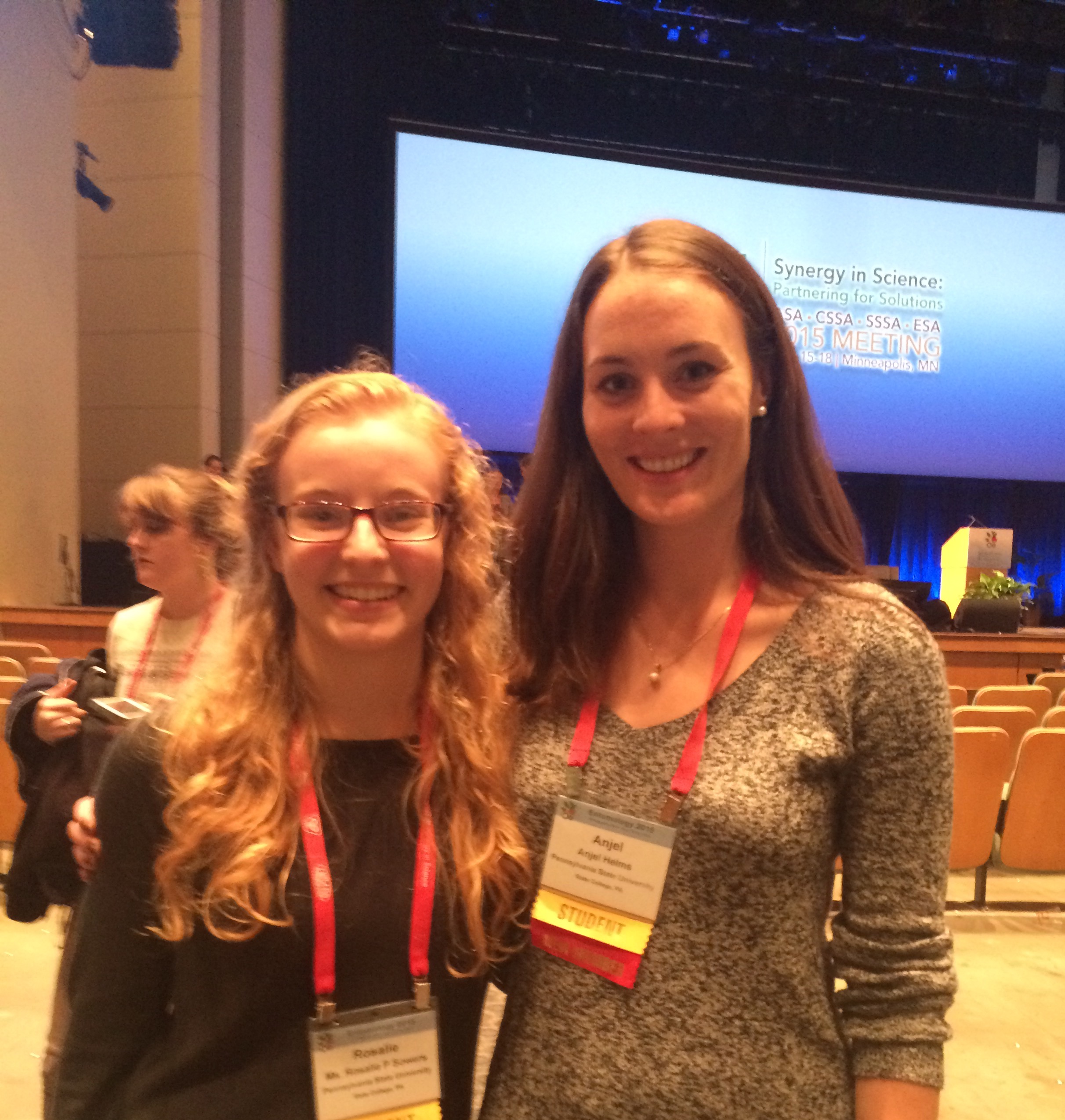 Rosie and Anjel at the ESA meeting
Rosie and Anjel at the ESA meeting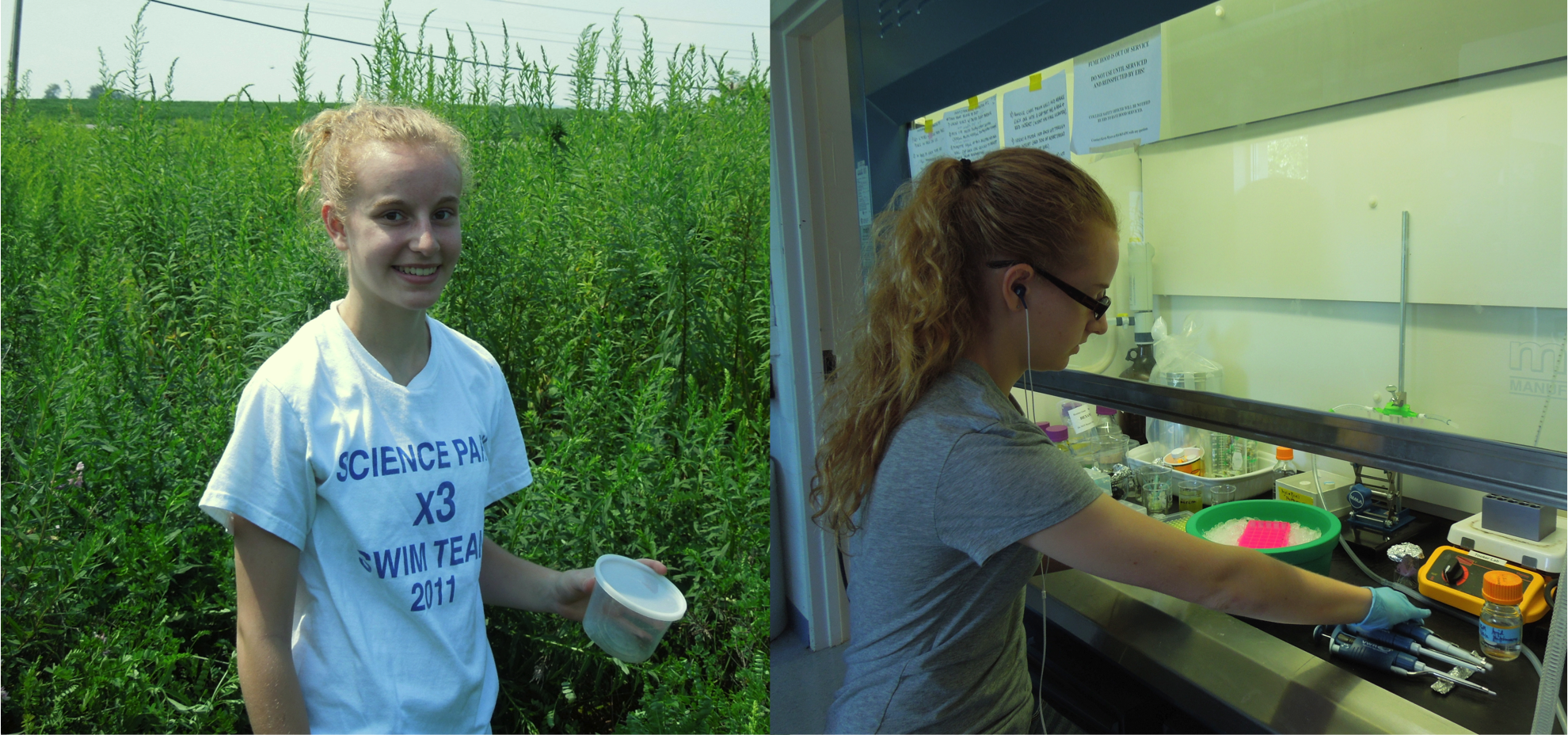
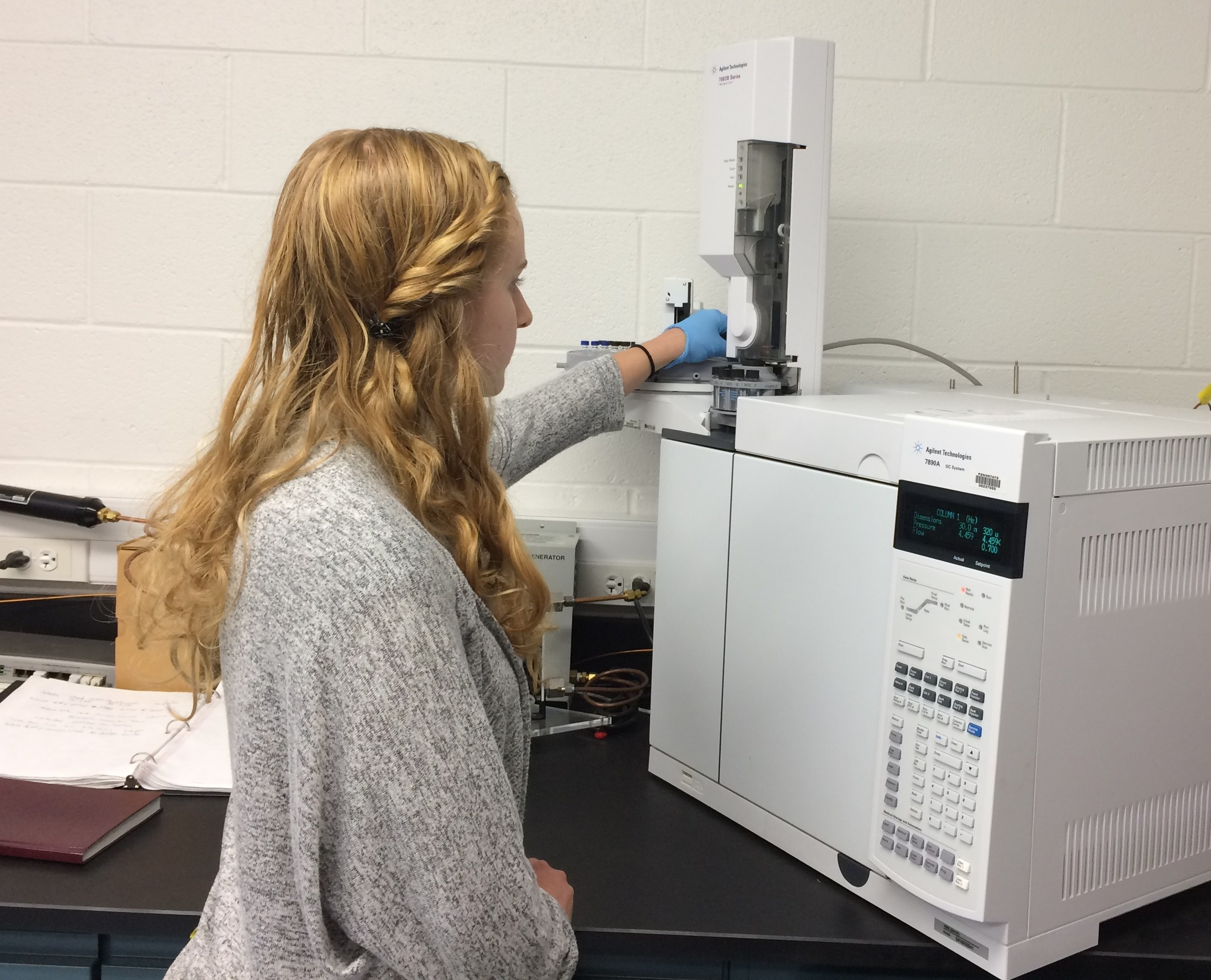
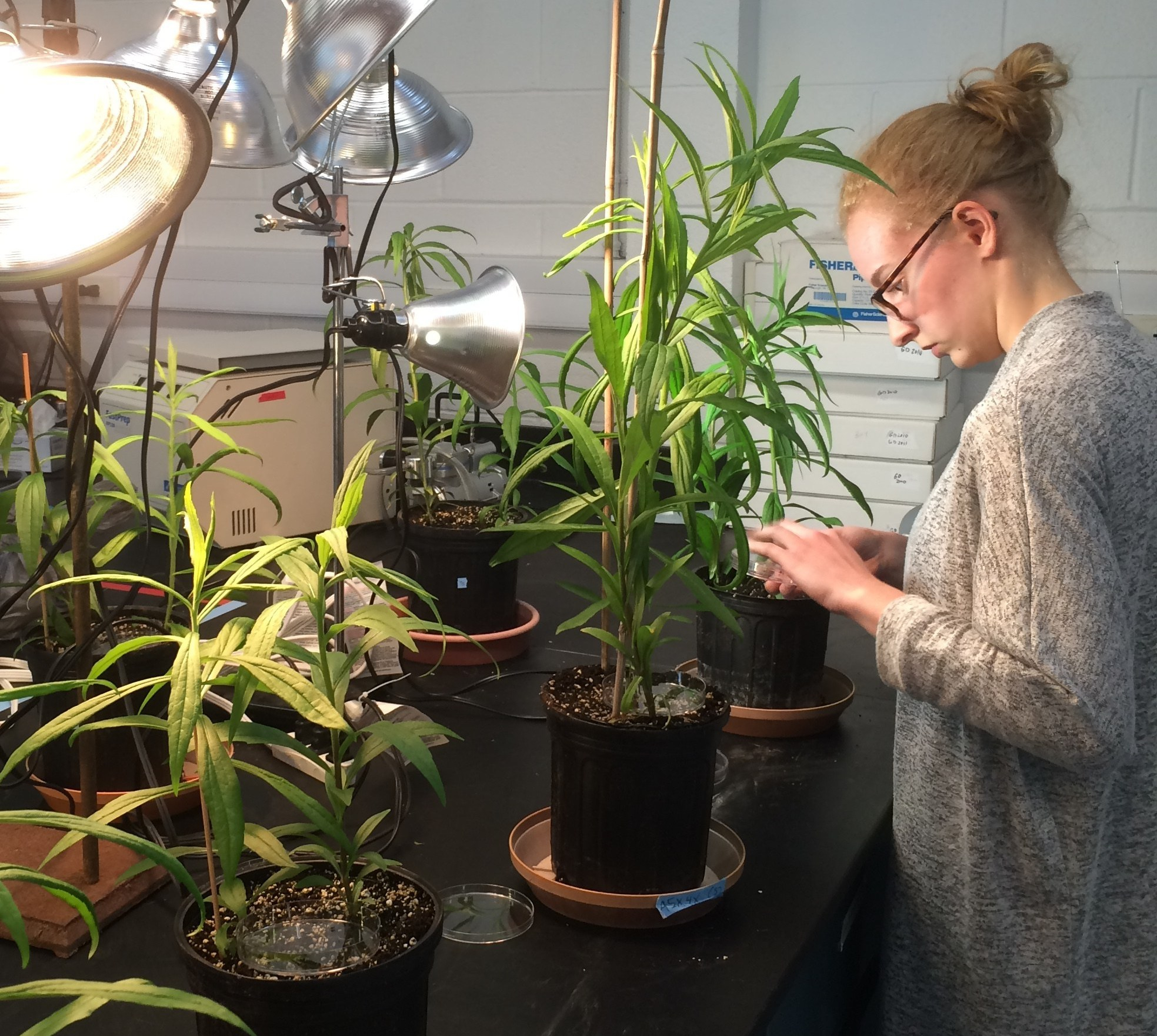 Rosie collecting goldenrod herbivores, analyzing plant samples, and conducting aphid- choice tests
Rosie collecting goldenrod herbivores, analyzing plant samples, and conducting aphid- choice tests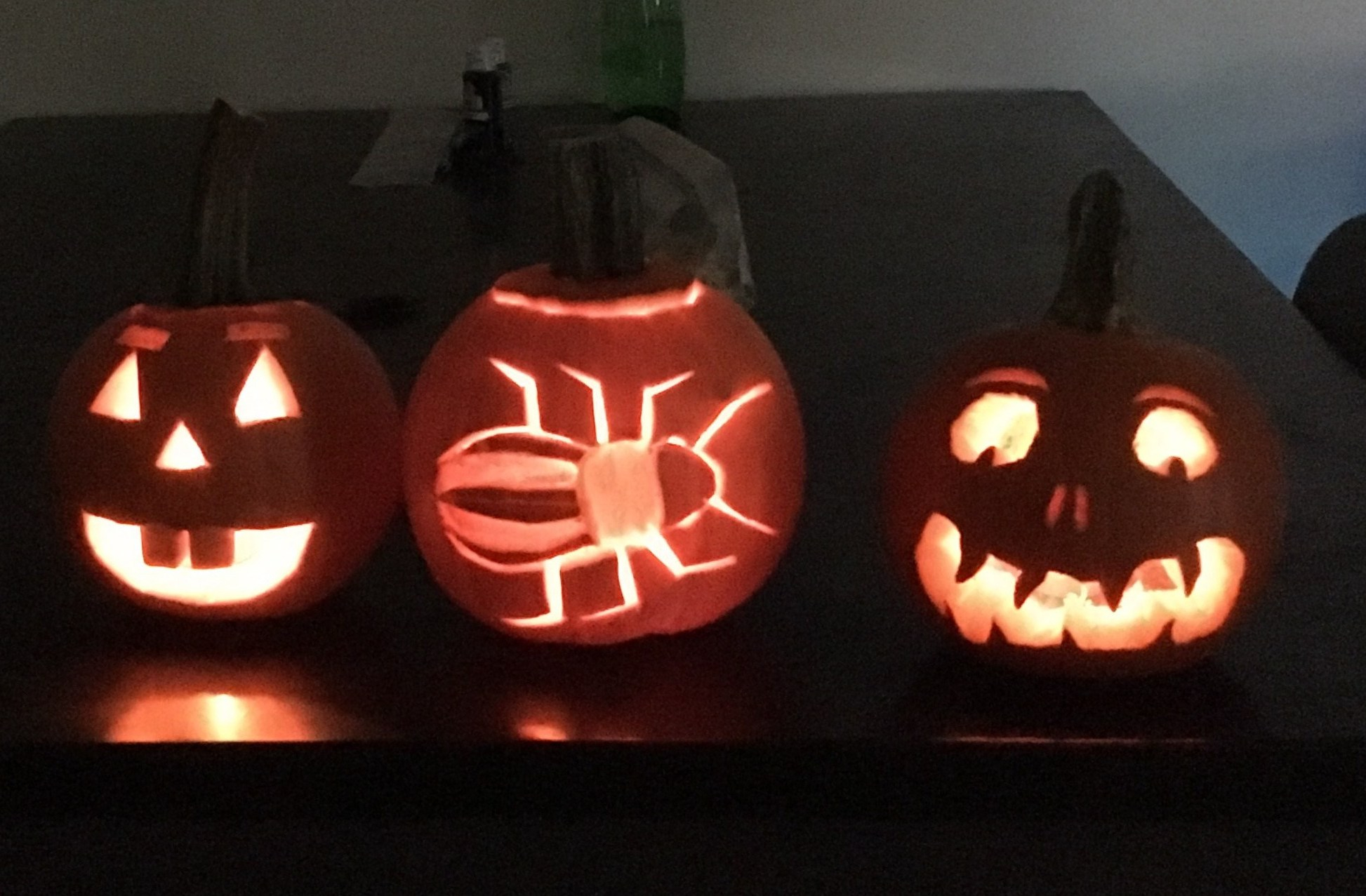


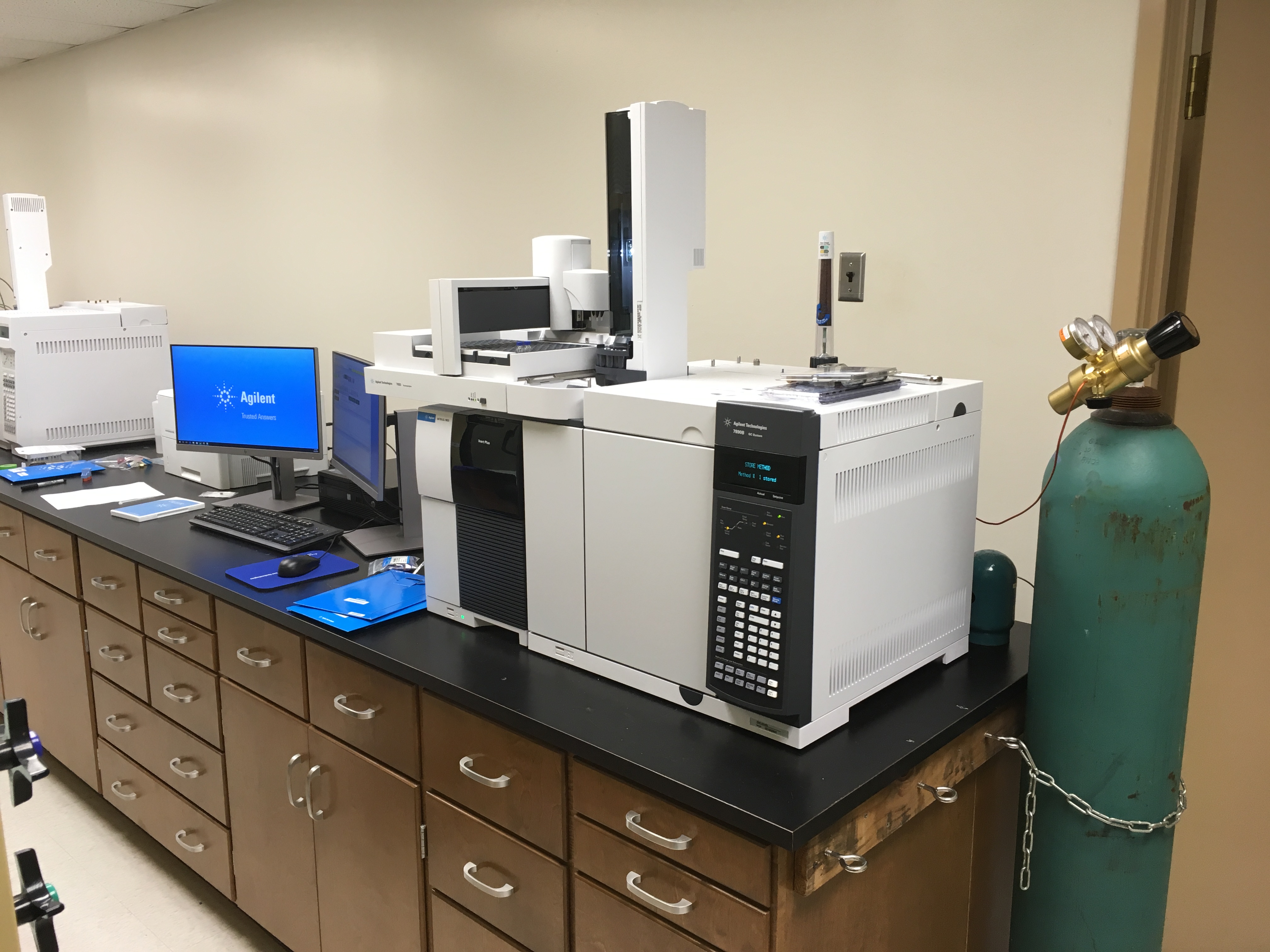
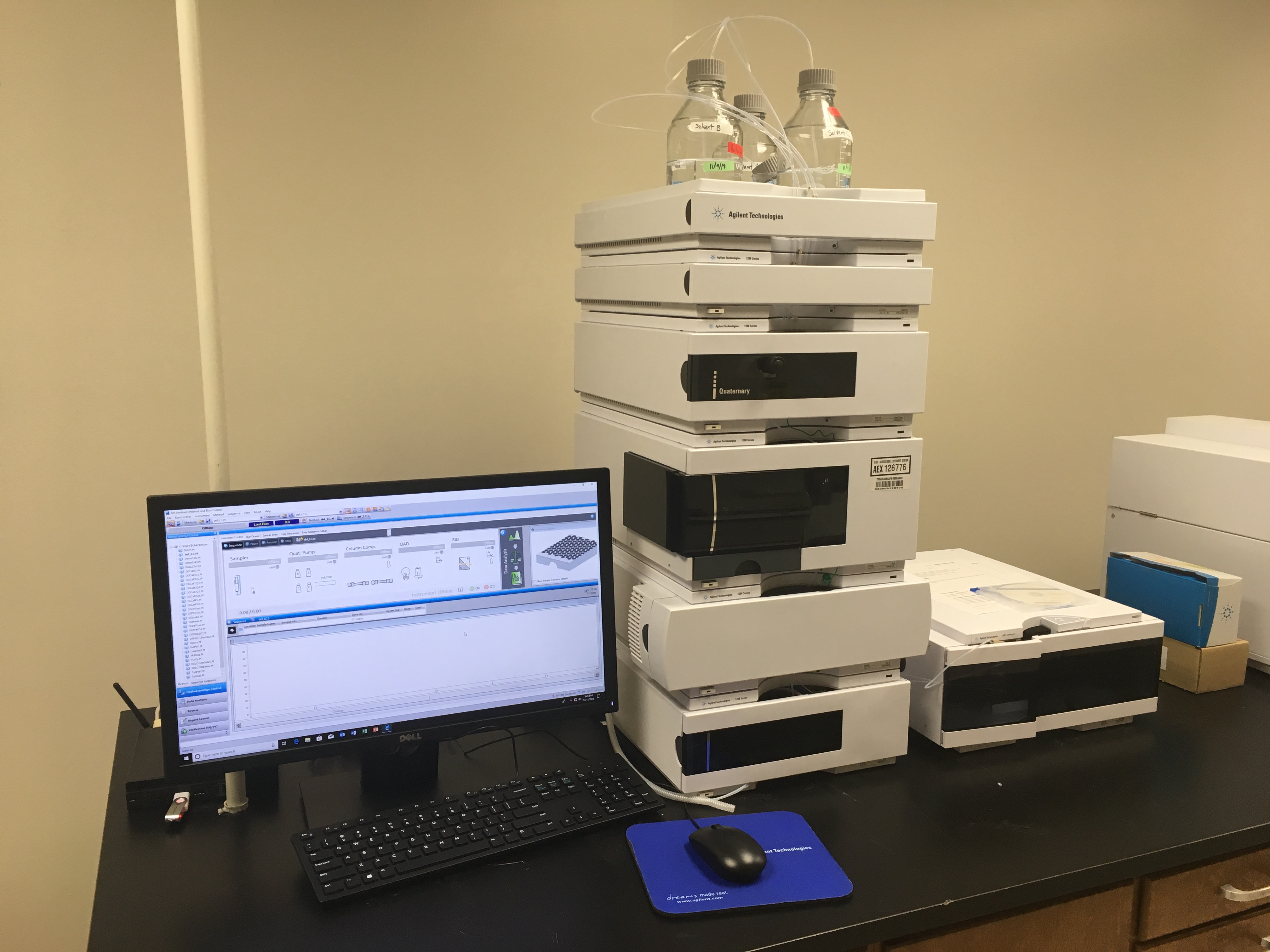
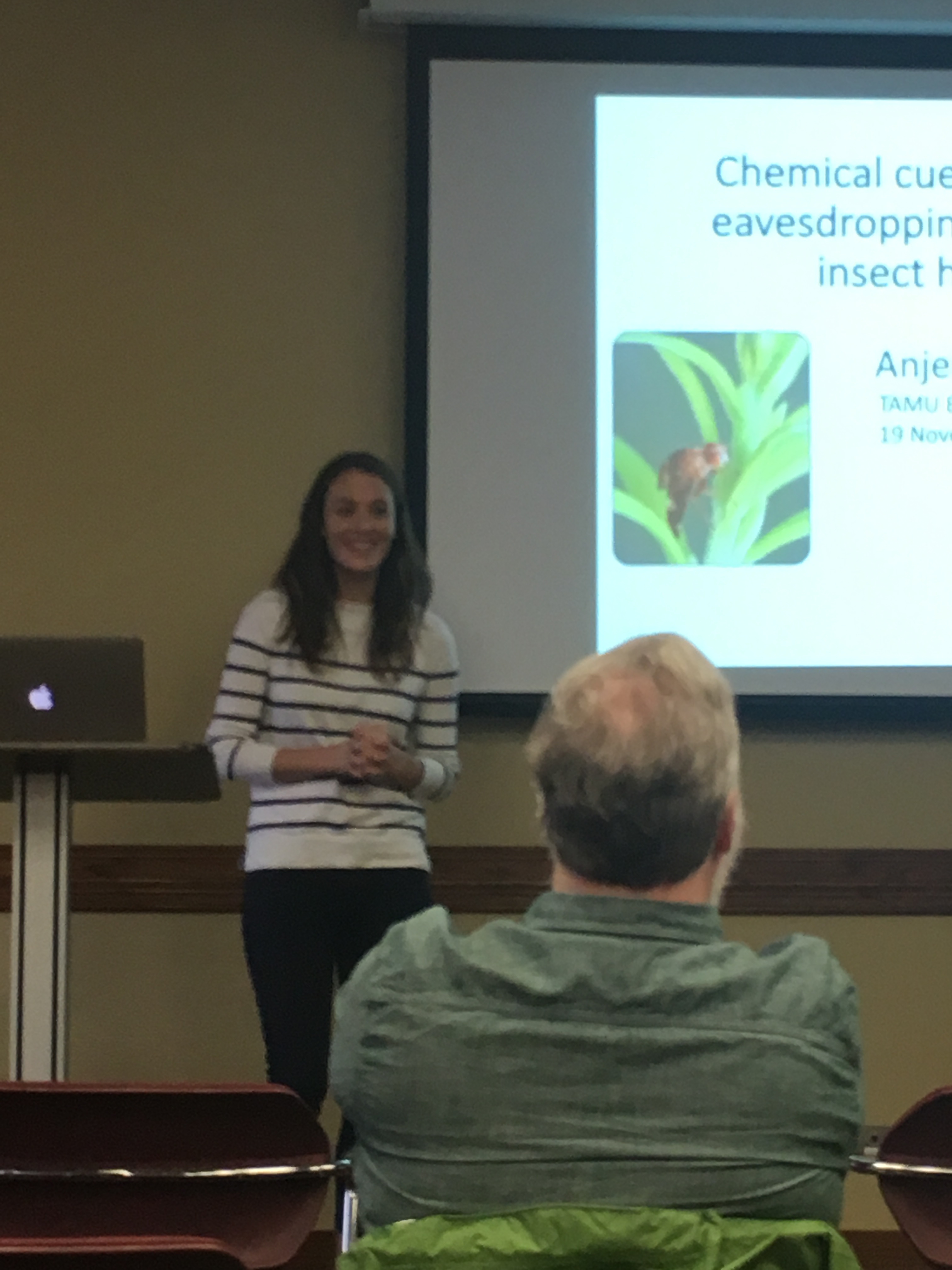

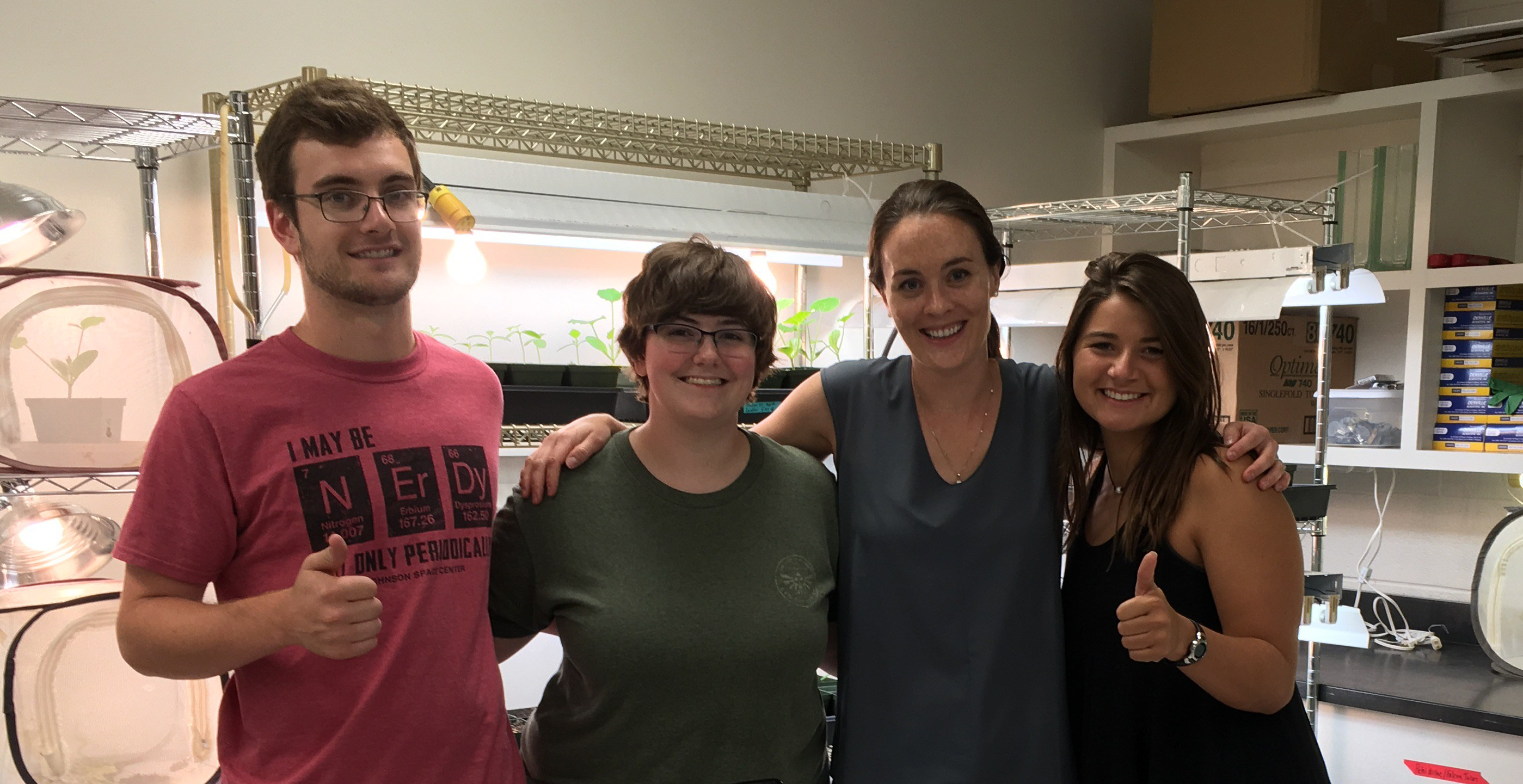
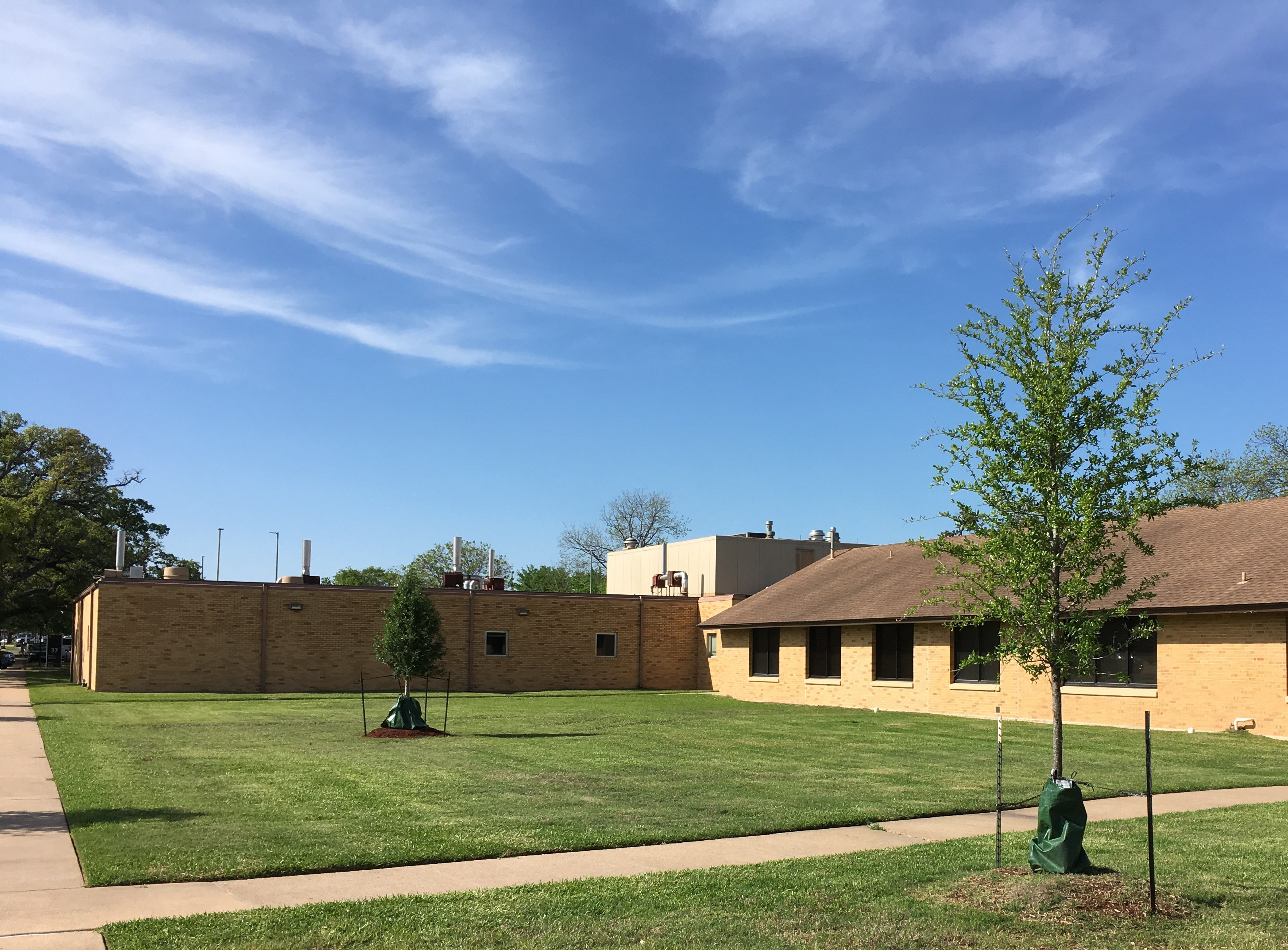

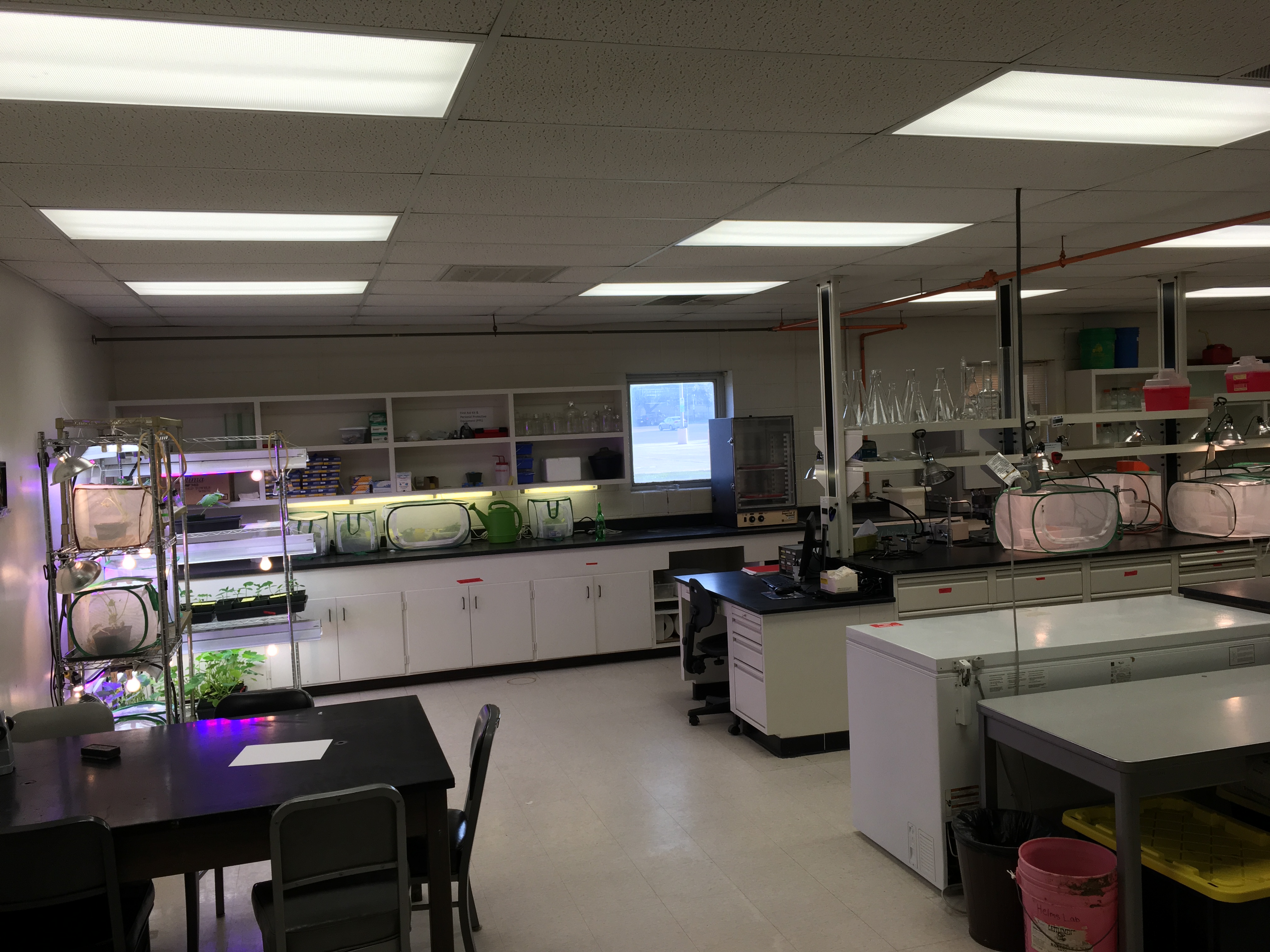

Recent Comments